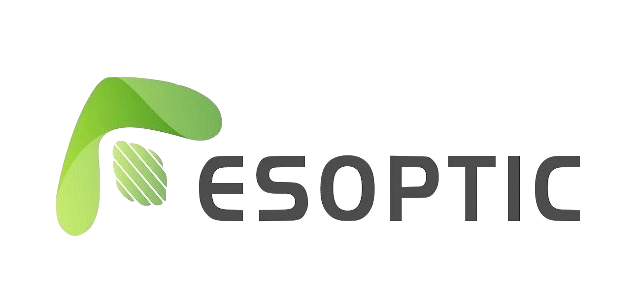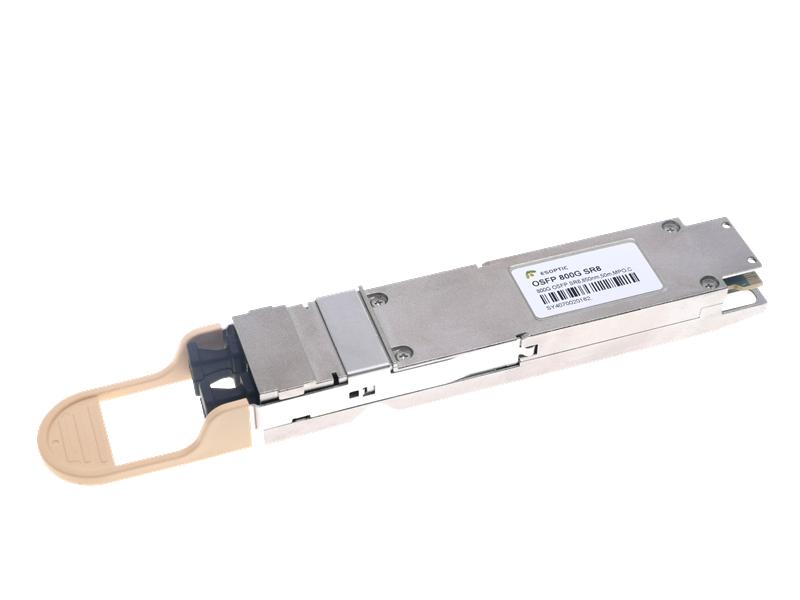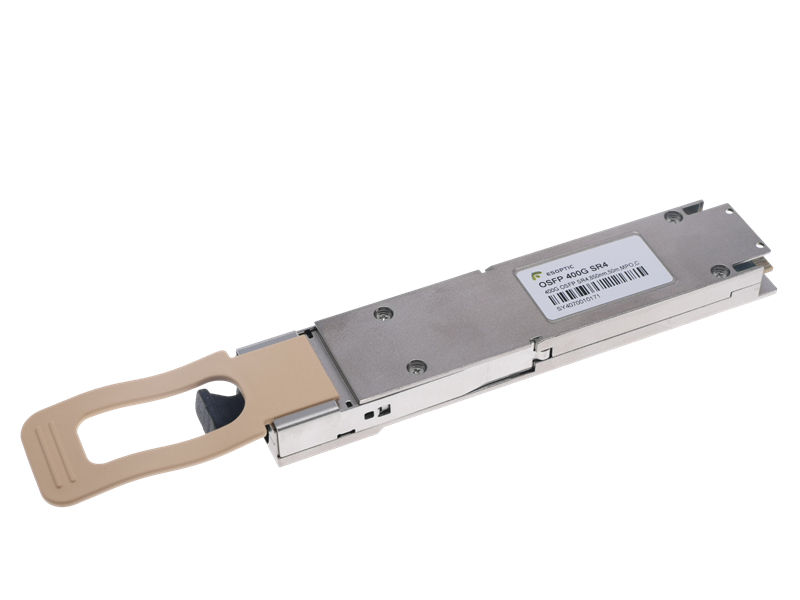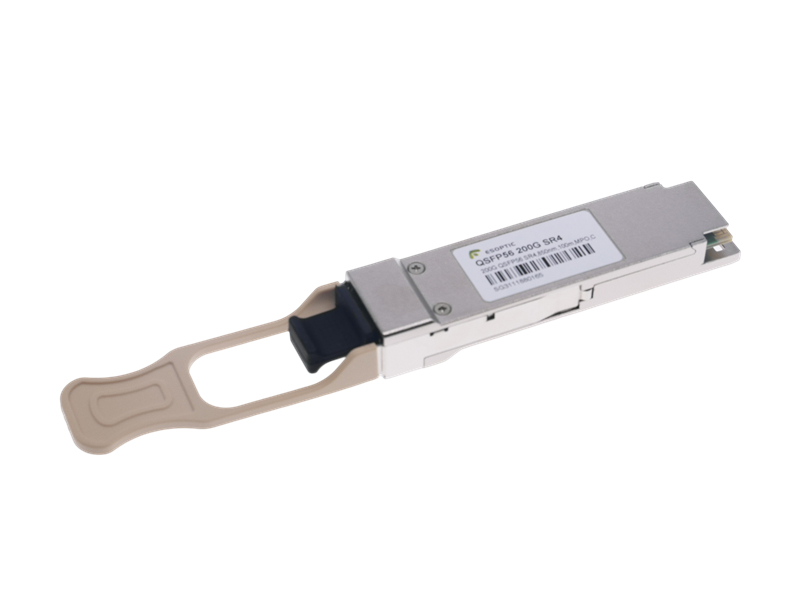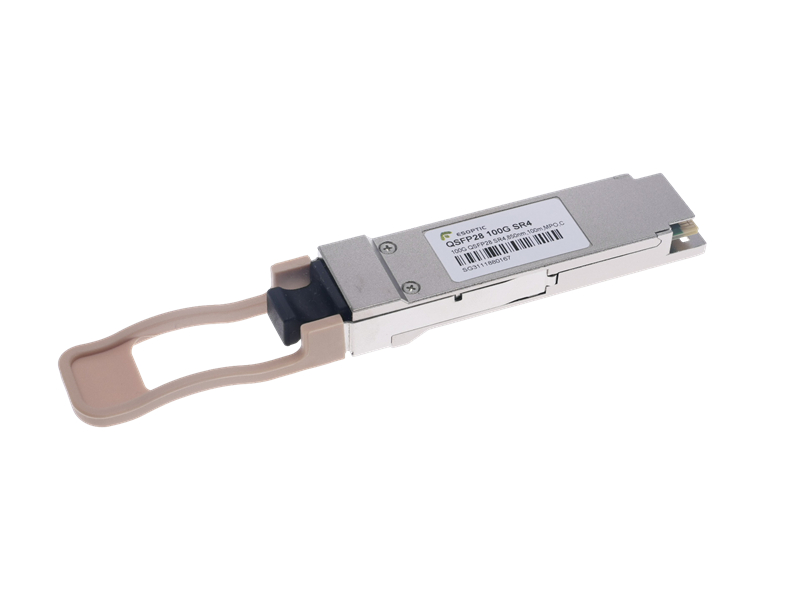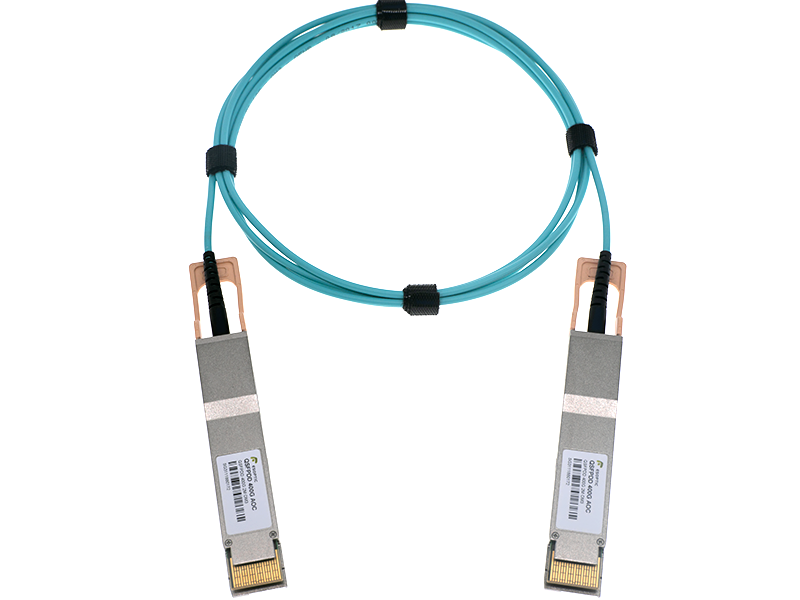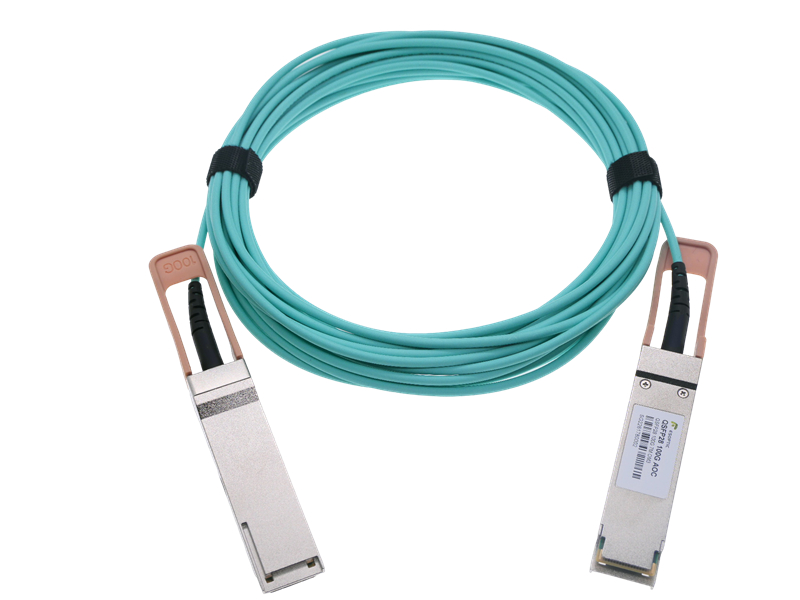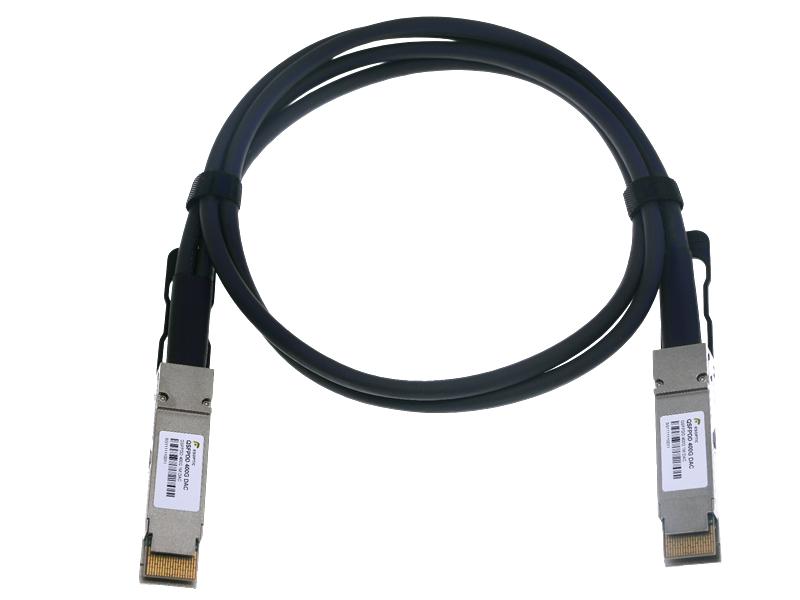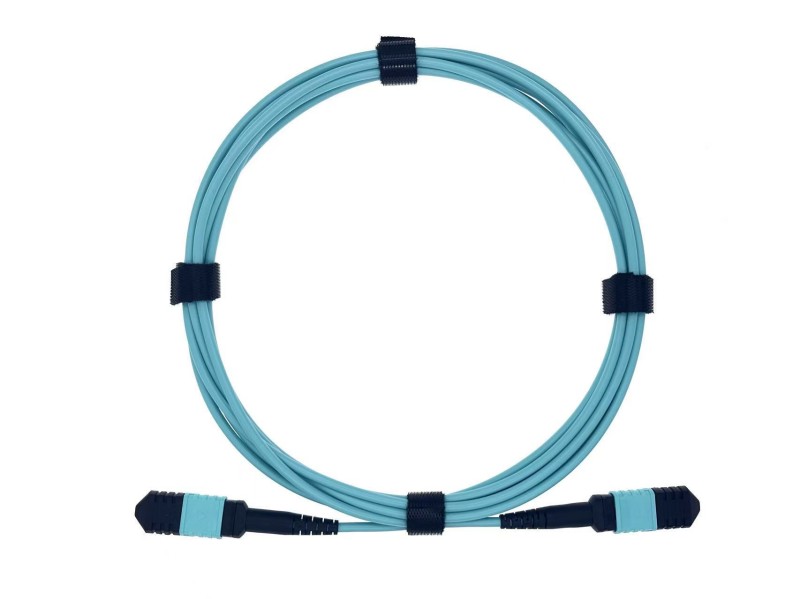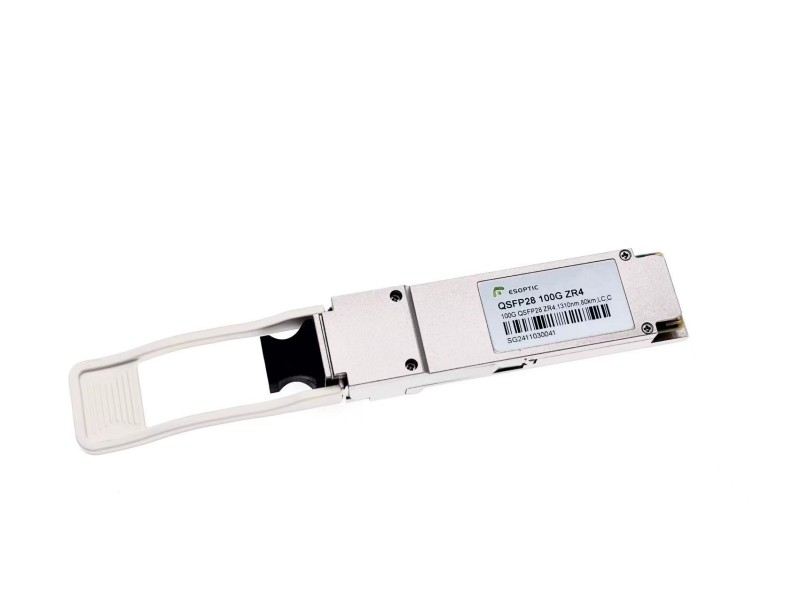As digital infrastructure rapidly evolves, 100G modules have become essential components in modern network architectures. From hyperscale cloud platforms to enterprise data centers, 100G transceivers provide the high-speed, low-latency, and stable connections needed to handle increasing data demands. Whether used for intra-rack connectivity or long-distance inter-data center links, 100G modules lay a solid foundation for today's and tomorrow’s networking needs.
Why Choose 100G Modules?
Compared to legacy 40G or 10G solutions, 100G modules offer significantly improved bandwidth density, lower power consumption, and greater deployment flexibility. The QSFP28 form factor, commonly used in 100G optics, supports 4x25Gbps lanes to deliver a full 100Gbps throughput, making it a top choice for cloud and spine-leaf network structures.
As technology matures, 100G transceivers are becoming more affordable and increasingly compatible with a wide range of switches and routers. This opens up opportunities not only for hyperscale environments but also for mid-sized enterprises seeking to upgrade their networks.

Types of 100G Modules and Their Application Scenarios
100G modules are available in various configurations, tailored to different transmission needs and infrastructure setups:
By Optical Interface:
100G SR4: Utilizes multimode fiber for short-range connections (up to 70–100 meters). Ideal for intra-rack or adjacent rack links in data centers.
100G LR4: Supports up to 10km over single-mode fiber. Designed for inter-data center connections.
100G CWDM4: Offers up to 2km transmission with lower cost and power consumption. Suitable for metro or enterprise networks.
100G ER4 / ER4-lite: Enables 10km to 30km transmission, making it suitable for WAN or carrier-level applications.
By Form Factor:
QSFP28: The most widely adopted 100G form factor, known for compact size, low power, and high interoperability.
CFP / CFP2 / CFP4: Older form factors used in early 100G deployments. Bulky, and now largely replaced by QSFP28.
OSFP / QSFP-DD: Newer form factors designed for higher-speed modules, but can adapt to 100G in backward-compatible setups.
By Transmission Medium:
Optical Transceivers: Ideal for long-distance, high-reliability applications in data centers and core networks.
DAC (Direct Attach Copper): Offers low-cost, low-power short-reach connectivity (1–5 meters) for rack-to-rack links.
AOC (Active Optical Cable): Plug-and-play solution for medium-distance interconnects (10–100 meters), combining ease of use with high bandwidth.
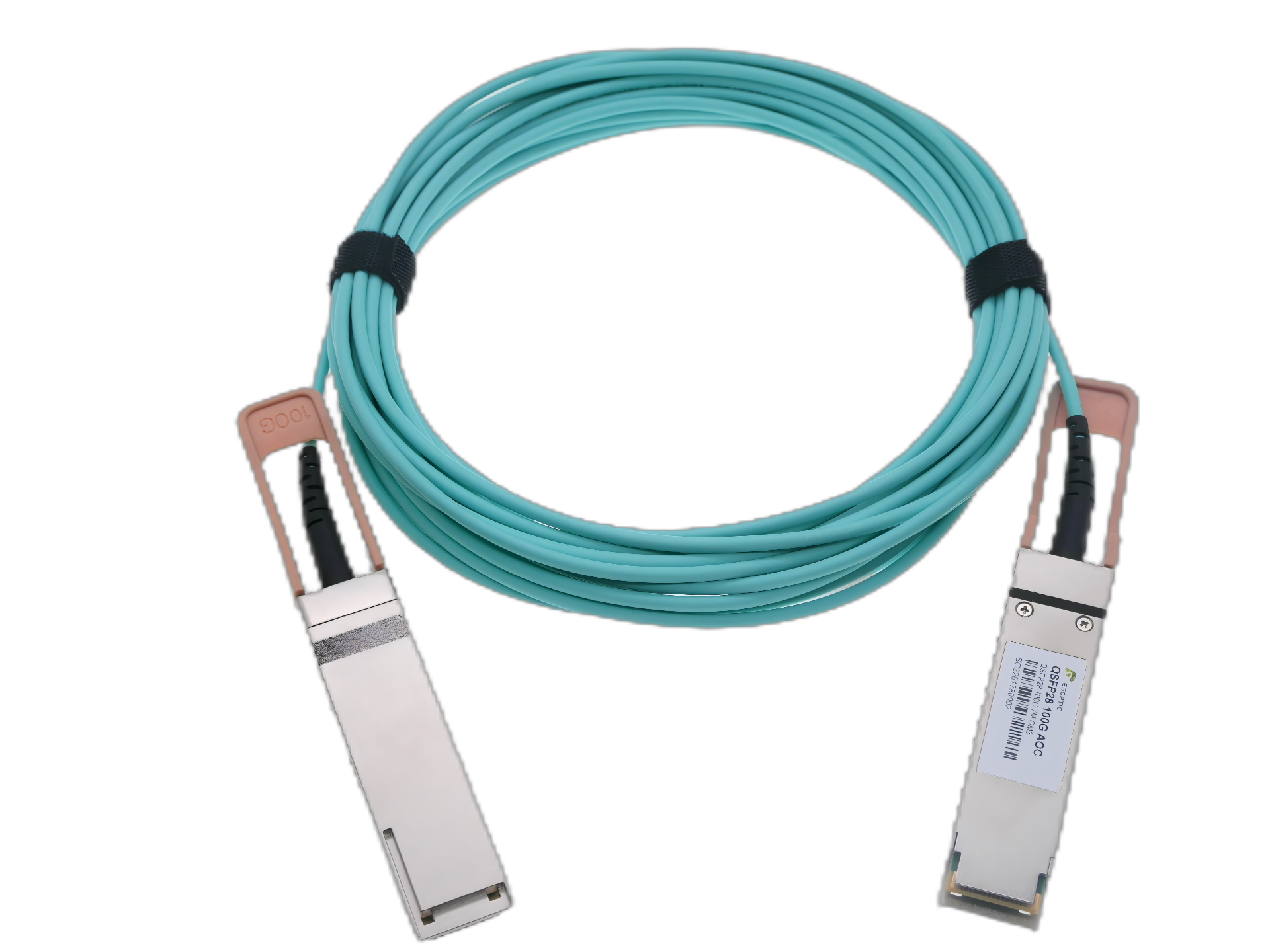
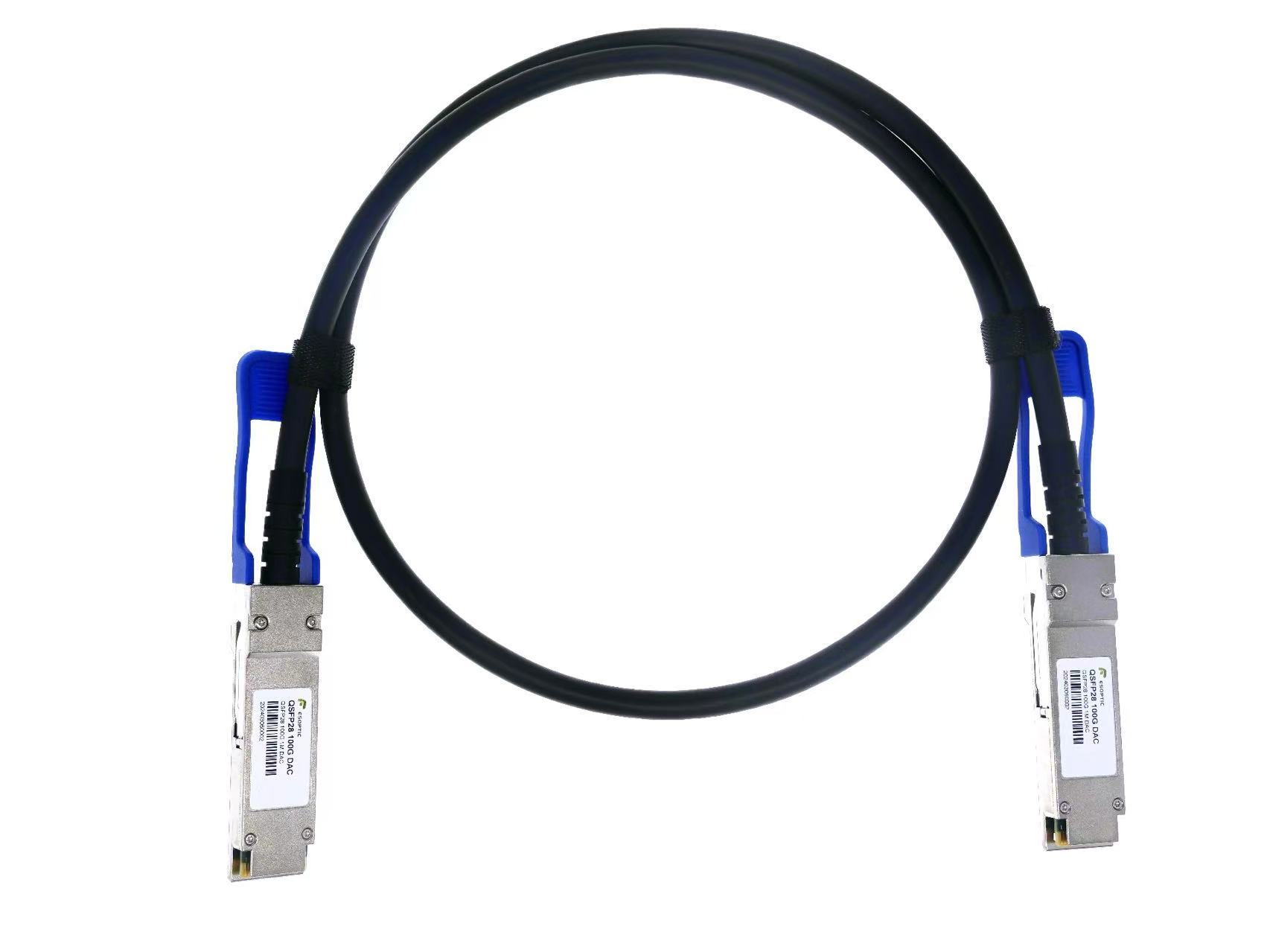
Versatility Across Use Cases
100G modules are deployed in a variety of network environments—from data center topologies and high-performance computing to AI clusters and enterprise backbones. Their reliability, speed, and scalability make them ideal for scenarios requiring high bandwidth and low latency.
Whether it's the spine-core structure in a hyperscale facility or an interconnect between AI training servers, 100G optics are up to the task.
100G modules Future-Proof, Cost-Effective Choice
While 200G and 400G technologies are gaining traction, 100G modules remain dominant thanks to their mature supply chain, lower deployment costs, and proven stability. For businesses seeking a balance between current performance and long-term scalability, 100G offers a future-ready investment that won’t break the budget.
Conclusion
100G modules are not just about speed—they represent a reliable, adaptable, and cost-efficient solution for today’s networking demands. Whether you’re upgrading an existing system or designing a new one from the ground up, selecting the right 100G optics is crucial to ensuring long-term network performance and flexibility.
